Do you have a question about the Sekonic Auto-Leader L-38 and is the answer not in the manual?
Explains the photoelectric cell's sensitivity and averaging nature, contrasting it with human vision.
Explains its indispensability for determining correct exposure under all lighting conditions.
Explains the barrier layer type selenium cell and how light generates electricity.
Lists and describes the primary external and internal parts of the Sekonic L-38 meter.
Details how to use red, blue, and black triangles with the center disk for different light levels.
Explains how to set the film speed using the calculator dial's ASA or DIN window.
Explains the use of LVS/EVS scales for cameras with compatible exposure value systems.
Details shutter speed and f/number combinations for correct exposure settings.
Guides on setting f/number for movie cameras based on frame rates.
Practical advice for outdoor scenes, including avoiding sky glare for better tonal balance.
Instructions for taking accurate readings of subjects at close distances.
Using the palm of the hand as a reference for exposure, especially for skin tones.
Adjusting exposure for scenes with extremely high reflectance values.
Emphasizes metering highlights for color transparencies and shadows for B&W prints.
Guidelines for metering subjects under artificial light for copying purposes.
Presents the exposure formula for reflected light and the Sekonic calibration constant.
Details the product warranty and provides essential care and handling advice.
Step-by-step guide to calibrate the meter's pointer to the zero mark.
Tips for compensating exposure by adjusting ASA/DIN values for consistent results.
| Brand | Sekonic |
|---|---|
| Model | Auto-Leader L-38 |
| Category | Measuring Instruments |
| Language | English |
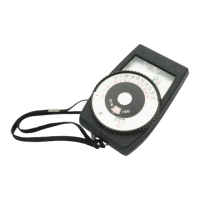
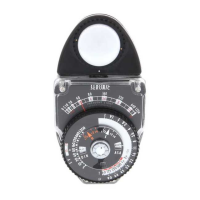
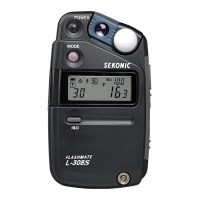
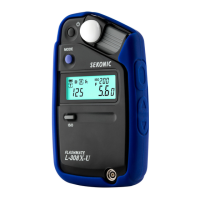
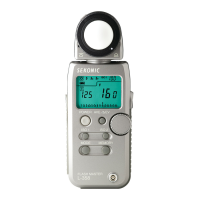
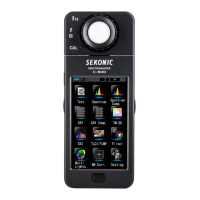

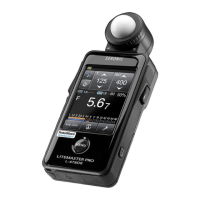
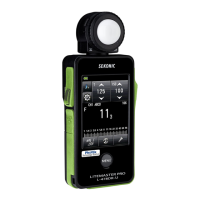
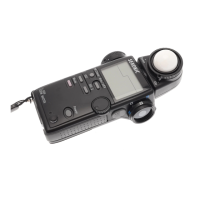

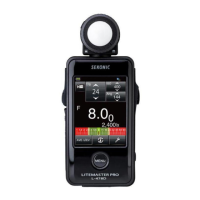
